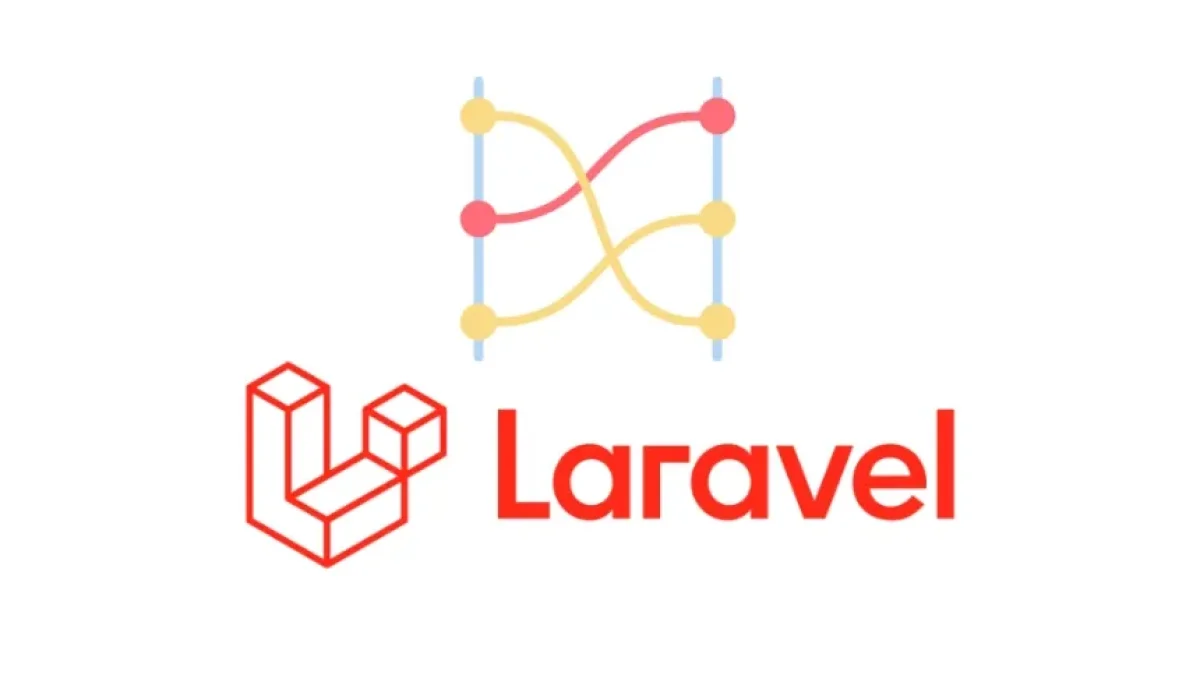Master multiple relationships in Laravel Eloquent easily.


Laravel is one of the most popular frameworks for developing web applications in PHP, and its ORM system, Eloquent, facilitates interaction with databases. A fundamental aspect of Eloquent is its ability to handle relationships between models. Although it may seem complicated at first, mastering multiple relationships is essential to harness the full potential of the framework. In this article, based on an electronic source, I will explain how to manage these relationships simply.
Types of Relationships in Eloquent
Eloquent allows you to establish several types of relationships between models, with the most common being:
One-to-One Relationship
This relationship occurs when a record from one model is associated with a single record from another model. For example, a user can have only one profile.
One-to-Many Relationship
In this case, a record from one model can be related to multiple records from another model. For instance, an author can have multiple books.
Read also
Many-to-Many Relationship
This relationship occurs when multiple records from one model can be related to multiple records from another model. For example, in a student management system, a student can be enrolled in multiple courses, and a course can have multiple students.
How to Define Relationships in Eloquent
Defining relationships in Eloquent is quite straightforward. By using the corresponding method in the model, you can establish the desired relationship. Here are some examples of how to do it:
One-to-One Relationship Example
To define a one-to-one relationship, in the User model, you can include the following method:
Read also
public function profile() {
return $this->hasOne(Profile::class);
}In the Profile model, you define the inverse relationship:
public function user() {
return $this->belongsTo(User::class);
}One-to-Many Relationship Example
For a one-to-many relationship, in the Author model, the method would be as follows:
public function books() {
return $this->hasMany(Book::class);
}And in the Book model, the inverse relationship is established as:
public function author() {
return $this->belongsTo(Author::class);
}Many-to-Many Relationship Example
In a many-to-many relationship, an intermediate table must be created. In the Student model, you define:
public function courses() {
return $this->belongsToMany(Course::class);
}And in the Course model, the method will be:
public function students() {
return $this->belongsToMany(Student::class);
}Using Relationships in Queries
After defining the relationships, you can use them to perform efficient queries. Eloquent provides methods like with, which facilitate the loading of relationships when retrieving records. For example, if you want to get an author along with their books, you can do the following:
$authors = Author::with('books')->get();This optimizes the queries and improves performance by avoiding unnecessary database queries.
Conclusion
Mastering multiple relationships in Laravel Eloquent not only makes your life easier as a developer but also improves the structure of your application and provides faster access to data. With the concepts and examples presented, you are ready to start implementing relationships in your own project.
If you want to continue learning more about Laravel and other web development topics, I invite you to read more news of this kind on my blog. Don't miss it!



















